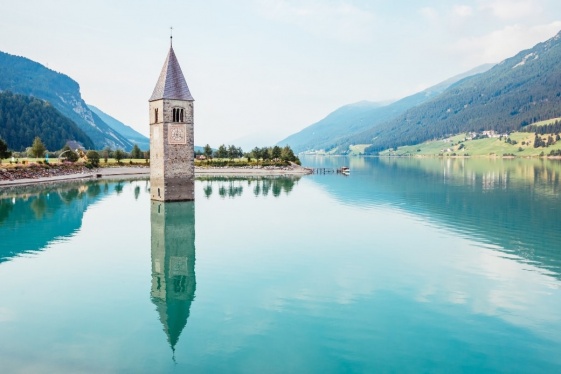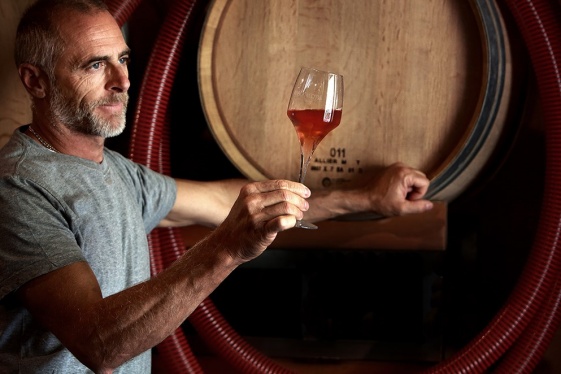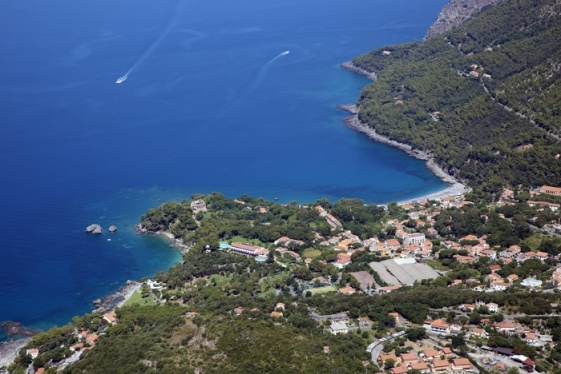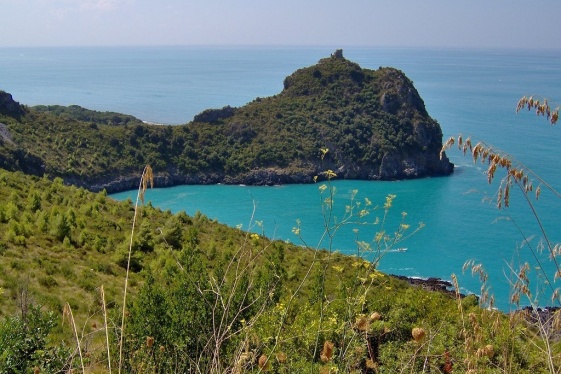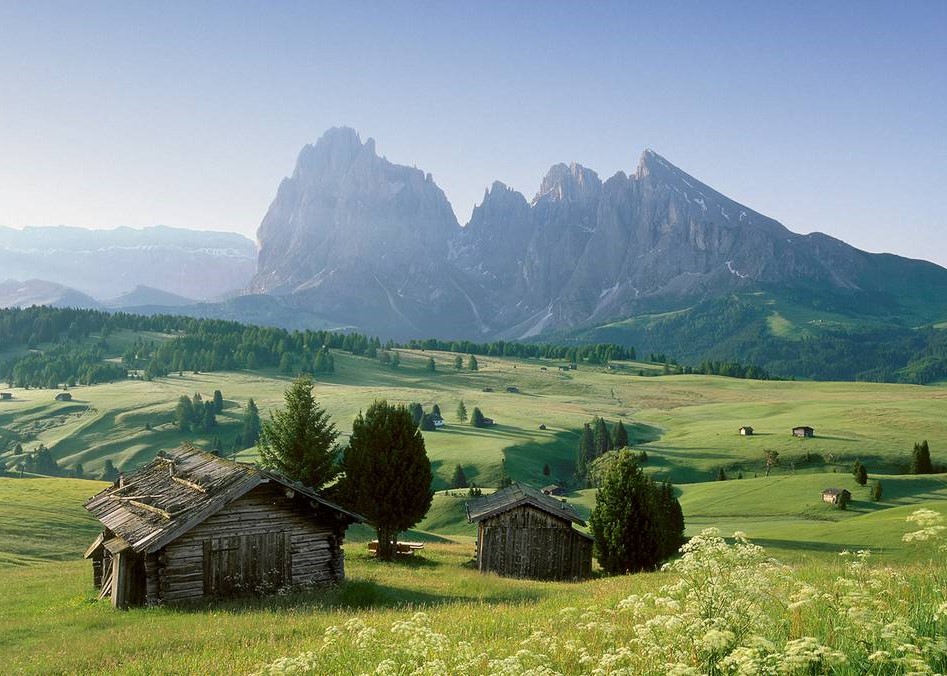

The Alpe di Siusi is one of the largest plateaus in Europe, which extends for 184,000 square feet. With the lowest point at an altitude of 6,069 ft and the highest at 7,709 ft above sea level, it is the largest of the Italian pastures. Reachable by cable car and through a single road, is devoid of villages but there are tourist facilities and shelters. The Sciliar Nature Park was established here in 1974. It covers an area of 82,000 yr² and includes the municipalities of Castelrotto, Fiè allo Sciliar and Tires, as well as the Sciliar area, where the two peaks of Santner and Euringer, which have become the emblems of South Tyrol, are located.
Covered for many centuries by a rich coniferous forest, the Alpe di Siusi was transformed into an environment rich in pastures and heathland vegetation. Today, on the side facing Siusi, Tires and Fiè, the mountains are covered with mixed coniferous forests, including firs, wild pines and larches, and mixed forests of ash and birch, while Castelvecchio is characterized by forests mainly of spruce (Picea abies).
Whitewood firs (Abies alba), birches, ash trees, bird sorbs (Sorbus aucuparia) and Scotch pines (Pinus sylvester) are less common, but the latter surround the shores of the small lake of Fiè, while at the entrance of the Sciliar gorge prevail the pine trees (Pinus cembra), and in the woods along the slopes of Monte Cavone spruce (Picea abies), pine (Pinus sylvester) and larch (Larix decidua).
In open wetlands many species of moss, sedge, eriophorus and reed grow, together with floury primroses (Primula farinosa) and penguins; in pastures and between rocks, the opposite leaf saxifrage (Saxifraga oppositifolia subsp. oppositifolia) and, where the grass is not cut, the rhododendrons. Endemic plants worthy of note are the campanula di Moretti (Campanula morettiana), the chiomous raponzole of the Dolomites (Physoplexis comosa), the squarrosa saxifraga (Saxifraga squarrosa), the Porter's saxifrage (Saxifraga porchinii ), the bear's ear (Primula auricula), the Hausman's androsace (Androsace hausmannii) and the Einsele's columbine (Aquilegia einseleana). There are many herbaceous species, including saxifrages, soldanelles, anemones and crocuses. There are also many wild animals, including chamois, golden eagles, woodpeckers and owls.
In winter, the plateau offers over 200,000 ft of cross-country ski runs, tobogganing, snowshoeing and, in summer, many walks through woods, meadows and peaks. There is no shortage of festivals and events such as the Oswald von Wolkenstein Ride, a festival dedicated to horses, with tournaments and trials.
You may be interested
-
'Beautiful' Italian lake hides a 'mysterious'...
Water can hide all kinds of secrets. But while shipwrecks and sea creatures might be expec...
-
“The Champagne & Sparkling Wine World Champio...
There is not only Ferrari Trento, the Lunelli family brand, with 120 years of history behi...
-
“The World’s Best Rosés”, Italy awarded by “W...
Rosé wines are experiencing an important period with increasing production and increasing...
-
10 Experiences Every Traveler Should Have in...
by Alex Schechter There's a reason Italy ranks as one of the top-visited destinat...
-
10 Places in Italy Totally Worth Seeing
There’s a reason Rome and Venice are on just about every traveler to Italy’s bucket list....
-
10 things to do in spring in Trentino Alto Ad...
This is a spring unlike any other. To be enjoyed outdoors, savouring every moment, like a...
-
10 things to do in Val di Sole
From river Noce at the bottom of the valley, Val di Sole rears up towards the majestic pea...
-
10 Under-the-Radar Italian Towns to Add to Yo...
One of the best aspects of living in Italy for over a decade as a travel writer has been d...



